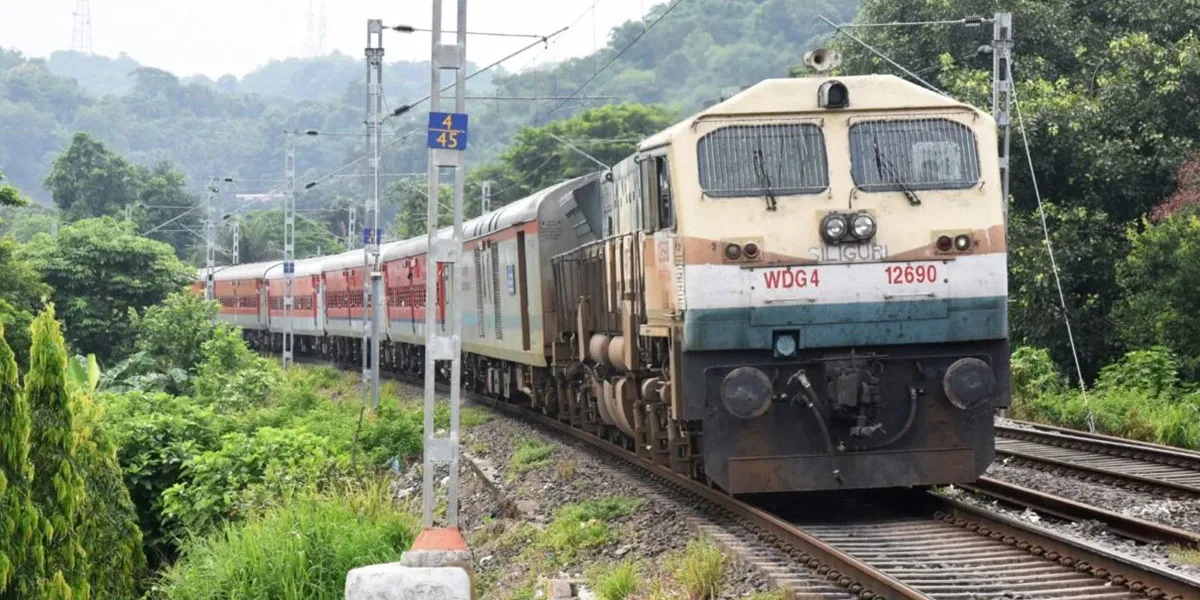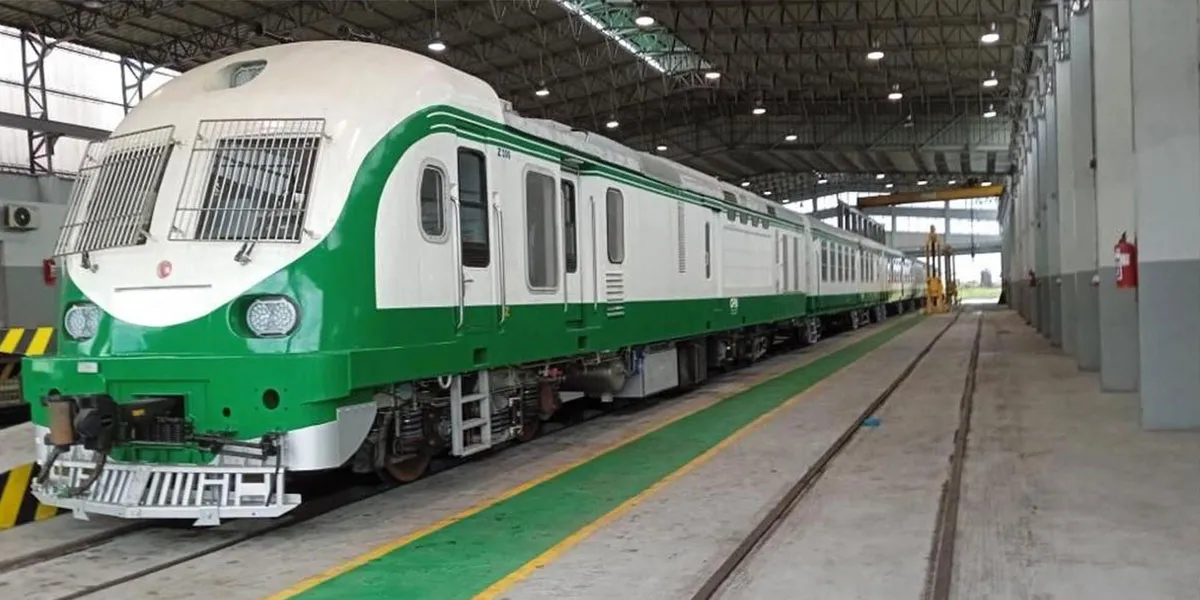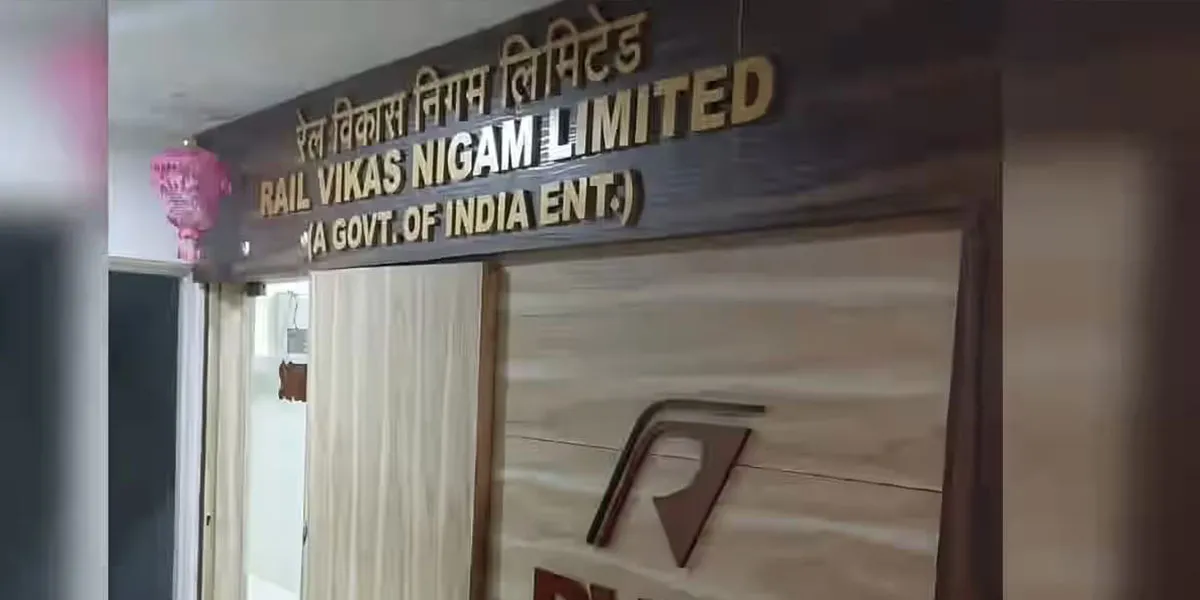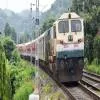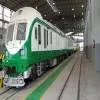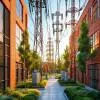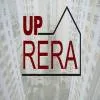- Dr Prem Jain, Chairman, AECOM India, and Chairman, IGBC
He has earned the epithet, ´Green Visionary´, owing to his decades of service to the environment.
Dr Prem C Jain is a business entrepreneur who founded Spectral Services Consultants (now an AECOM company) in 1980, with a mission to provide energy-efficient, fire-safe, fully coordinated mechanical, electrical, plumbing (MEP) services design for all varieties of planned buildings in India. A recipient of numerous awards and honours, Dr Jain is listed in Marquis Who´s Who in Asia (Marquis, USA, 2007) and Marquis Who´s Who in Science & Engineering (Marquis, USA, 2000ûpresent), as well as among The Asia 500 Leaders for the New Century (Baron´s Who´s Who, USA, 2000).
In an interview with CW, Dr Jain shares more on his close association with the Bhendi Bazaar redevelopment project, his views on building green, and the government´s smart cities´ plan.
You have been closely involved with the Bhendi Bazaar redevelopment project. What is the plan and current status?
I have been involved with this project from its very start. When I was approached by SBUT to revamp Bhendi Bazaar, I saw an area of about 100 acre, which included a 150-year-old mosque that was unchanged from the time it was built, and perhaps decaying now. So, I suggested transforming this place to make it a modern township. To achieve this, two architects were roped in: One from India, Kutub Mandviwala, and another from Chicago.
We developed a plan where the mosque will remain as is. However, the mosque has a large area around it and there are almost 20,000 families living there in miserable conditions.
Thus, a decision was made to adopt a phase-wise approach.
First, we had to build transit houses nearby as the locals cannot shift to faraway places. If we moved them 10 miles away, they would not move there and develop slums nearby again. Hence, they were moved within 2-3 km, where good modern transits have been built.
So, one area has been moved and we created the area near the mosque. We designed the project to make use of the sea breeze; we also improvised upon the Indian style WC because the stink comes from the western style as there is less water.
We are using natural ventilation; we have provided water-saving devices using one-third the normal water flow. Offering all of this at a favourable cost, we have created modern housing with car-free zones. The idea was to give children a place to play without the parents being worried about them getting run over.
The project is highly successful; Prime Minister Narendra Modi has also appreciated and recognised it as a smart city model. The entire area will be Wi-Fi. All the people got the houses free of cost, however, they cannot sell them as they belong to the trust. To ensure that the running bill is reduced for residents, we are offering highly efficient air-conditioning in the bedroom and a well-ventilated living room. The plans also ensure that sewage is collected from every tower and recycled. Rainwater harvesting is practiced here and horticulture is also done. If Rs 800 crore has been invested in the entire redevelopment plan, the return will be about Rs 2,000 crore. I am sure that in the coming two to three years, this will be a model for every developer to replicate. Initially, this project involved a lot of challenges û getting clearances and permission. But eventually, we got all the permissions 100 per cent as per the Bye-Laws.
India is witnessing a shift from building green to building smart, where smart also includes green. What challenges do you see in this transition?
The biggest challenge lies in creating awareness. India is a vast country - and now we are rating green villages, green cities, green affordable homes, etc. My dream is to get to the rural part of the India, where the real India lives, and convert their life with better sanitation, waste disposal and water. Challenges can be addressed by getting deeper into the rural areas and addressing the housewives on the need to have a green home.
The Bhendi Bazaar project is happening today because of support from the people.
What is happening with regard to ´100 green cities´?
And, what is IGBC's contribution to achieving the Smart Cities vision? The first smart city is Ahmedabad. It is almost one-third ready and will be the pilot model project. Recently, we have learnt that Dhule is going to be a big smart city with 400 sq km. So, we are hopeful that the new smart cities will also be green ones. Making an existing city smart is more challenging, but once adopted, it will be beneficial to the residents there.
In November 2014, I had sent a note to the Prime Minster to consider making ´green´ as a prerequisite to his initiative of 100 Smart Cities, which was supported by the PMO. Also, IGBC has launched the ´IGBC Green Township Rating´ for projects spanning 100-5,000 acre and the ´IGBC Green Cities Rating´ for larger projects. And, more than 40 townships have registered with IGBC, while several have already been commissioned. In addition, two greenfield cities have already been certified under the IGBC Green Cities Rating. Currently, we are working with several existing cities in their developmental work for becoming green smart cities.
How do you view the current codes for HVAC in India?
I am Convenor for the HVAC section for the National Building Code of India, both the 2005 edition and the 2016 edition. The Code presents world-class standards, equipment, R&D work and best practices for each of India´s five climatic zones, and for each type of application such as airport, metro rail, data centre, healthcare facility, retail, office and residential complex. It lays great emphasis on energy-efficiency, water conservation, indoor air quality and environment-friendly practices. Examples are listing of refrigerants with zero ozone depletion potential (ODP) and less than 1,000 global warming potential (GWP), tabulation of indoor conditions for each climatic zone on the basis of adaptive comfort, use of hybrid air-conditioning integrating direct and indirect evaporative cooling, chilled beam, chilled floor, and more such strategies to minimise the environmental impact from HVAC systems.
How full-proof are the procedures applied while auditing HVAC functioning in green projects?
Green buildings require an exhaustive third party commissioning procedure. It requires optimum use of not only energy, but also water, as per standards laid down in green building rating guidelines for different applications such as healthcare, data centre, manufacturing facility, office, housing, etc. The procedure for commissioning of green buildings is far more elaborate than energy auditing. IGBC ratings are given on the basis of reports prepared by third party commissioning agents, directly engaged by project proponent, only after independent verification through site visits by IGBC representatives.
You mentioned green architecture earlier; what are the important elements here?
Green architecture is passive architecture, where you design for minimum energy consumption. We teach green architecture in several schools across the country, where you require minimum water and resources, and recycle material. Three important elements are natural light, minimum energy requirement or consumption, and indoor environment quality.
What is the current green footprint in India as per IGBC records?
With a billion projects already certified, 3.84 billion sq ft is registered with the council; 2.84 billion is in process at various stages. But we are hoping to go to 10 billion sq ft in the next eight years.
Initially, developers complained that building green incurred a lot of cost. Has the scenario changed?
We have overcome this challenge as there are many products available today. Also, if developers are not building green they are violating norms, certified cost has reduced, and so it will cost almost the same as any other building. And the user in India also prefers these buildings as they have become smart now. By and large, the acceptance is good for green buildings all over the country, expect a little less in the north as the cost is almost the same. This is helping the support industry, regional manufacturers are benefited, and there are almost 10 factories across the country - earlier it was only in southern parts, but paints are also available locally now.

